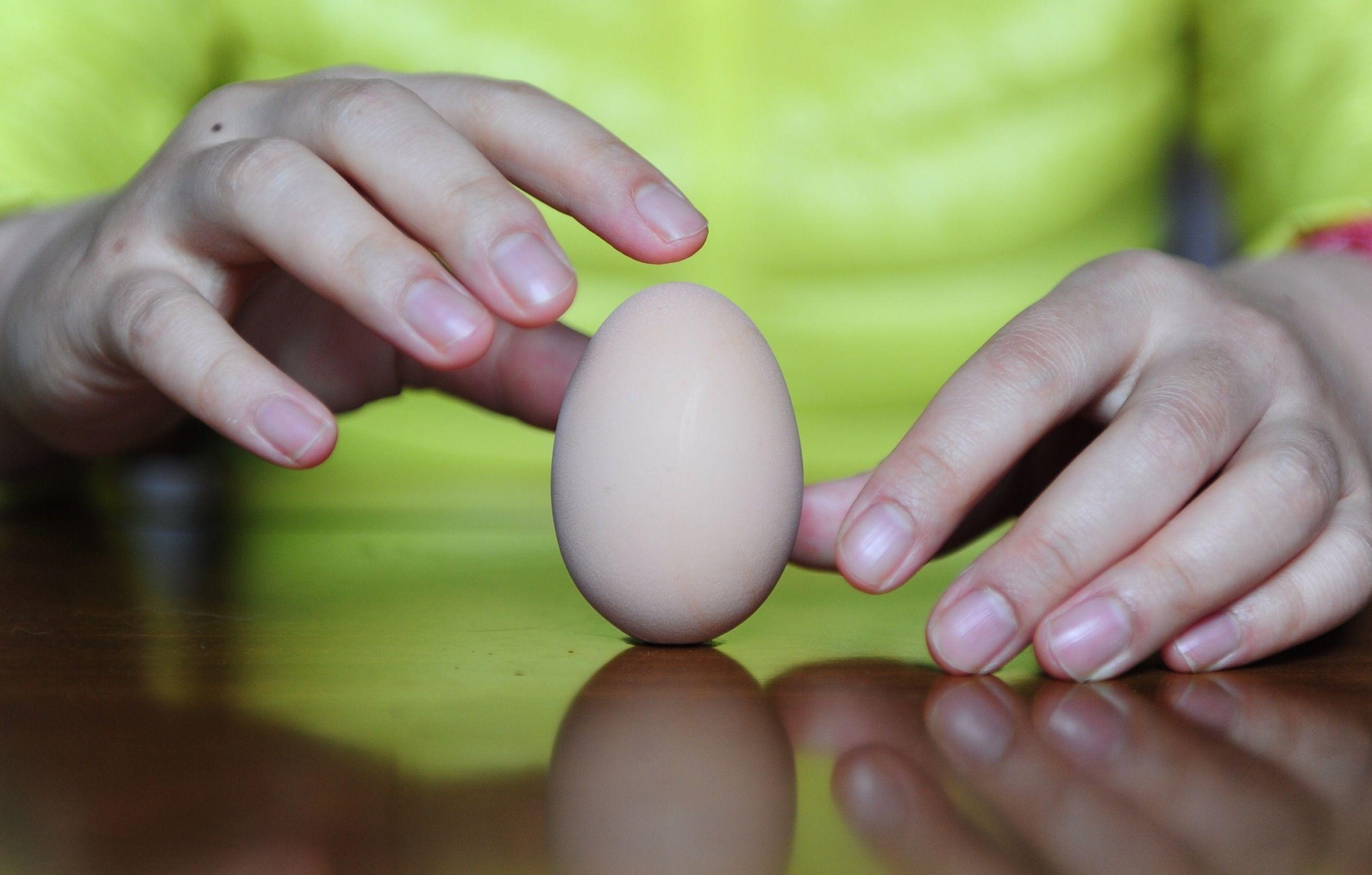Traditions mark the arrival of equinox

Vernal equinox, or chunfen, heralds the arrival of spring in the Northern Hemisphere when the days are longer and nights shorter. It’s that special moment when the sun’s elliptical longitude reaches zero degree, marking warming temperatures, more rain and blooming flowers.
It usually occurs between March 20 and March 22.
In Chinese proverbs, vernal equinox’s arrival suggests “three periods of waiting” — the arrival of swallows after their long trip from south, the growls of thunder, and the crackling sound of lightening in the wet sky.
The average temperature in almost all regions in China steadily reaches over zero centigrade during vernal equinox. Flowers like peach, plum, winter jasmine and rape flower are ripe to bloom.
Crops like wheat also grow quickly with more rains. Flying kites become one of the most popular activities around this time.
From the days of the Zhou Dynasty (1046-256 BC) more than 3,000 years ago, it is customary to hold fete ceremonies on this particular day.
In the royal court, the emperor would lead officials to suburban venues in sun worshipping.
Ordinary families would hold ceremonies for their ancestors. Cleaning up, offering sacrifices, incense and candle burning were among the essential activities. It was also a time for reunion for the entire clan.
Family members who either study or work elsewhere are expected to be present during the ceremony. But this tradition has gradually faded today, given that a sizeable population works away from home.
But some traditions have been kept alive in different regions throughout China. For example, chunfen is considered a good day to make wine in many parts of China, especially Zhejiang, Jiangxi, Hebei and Shandong provinces. Planting a particular herb, jiehuo cao, on the roof of the house on the day is said to help prevent fire in some parts of southern China.

Making the egg stand
Vernal equinox’s arrival is also the time for a once-in-a-year game — making the egg stand!
The game is simple. Pick a fresh chicken egg and make it stand. The tradition dates back to 4,000 years ago. Though it is not clear exactly why the “sport” is played on this day, it is understood that the ancient Chinese enjoyed higher success rate on vernal equinox than on any other days.
Modern science tends to explain it as a gravity-related balance due to the particular angle between the earth’s axis and the orbit surface. It is said a 4- or 5-day-old egg, whose york is relatively low, helps the egg stand due to low gravity center.
Correcting the balance
Vernal equinox is also a very important day for traditional balance makers in China. With equal day and night, mild climate and small diurnal temperature difference, the correction of balances is usually more accurate.
The traditional balance makers used to travel through villages on this day to help correcting the balances for every household, but the tradition slowly faded out as very few today still use the traditional balance tools.
Glueing the sparrow’s peak
Apart from tangyuan (round dumplings made of glutinous rice flour), farmers also cook dumplings for the sparrows on vernal equinox. They usually skewer 20-30 tangyuan with fine bamboo stick, and set them at the edge of the field. The sparrows, tempted by the food, are glued and are thus unable to eat the crops.
















